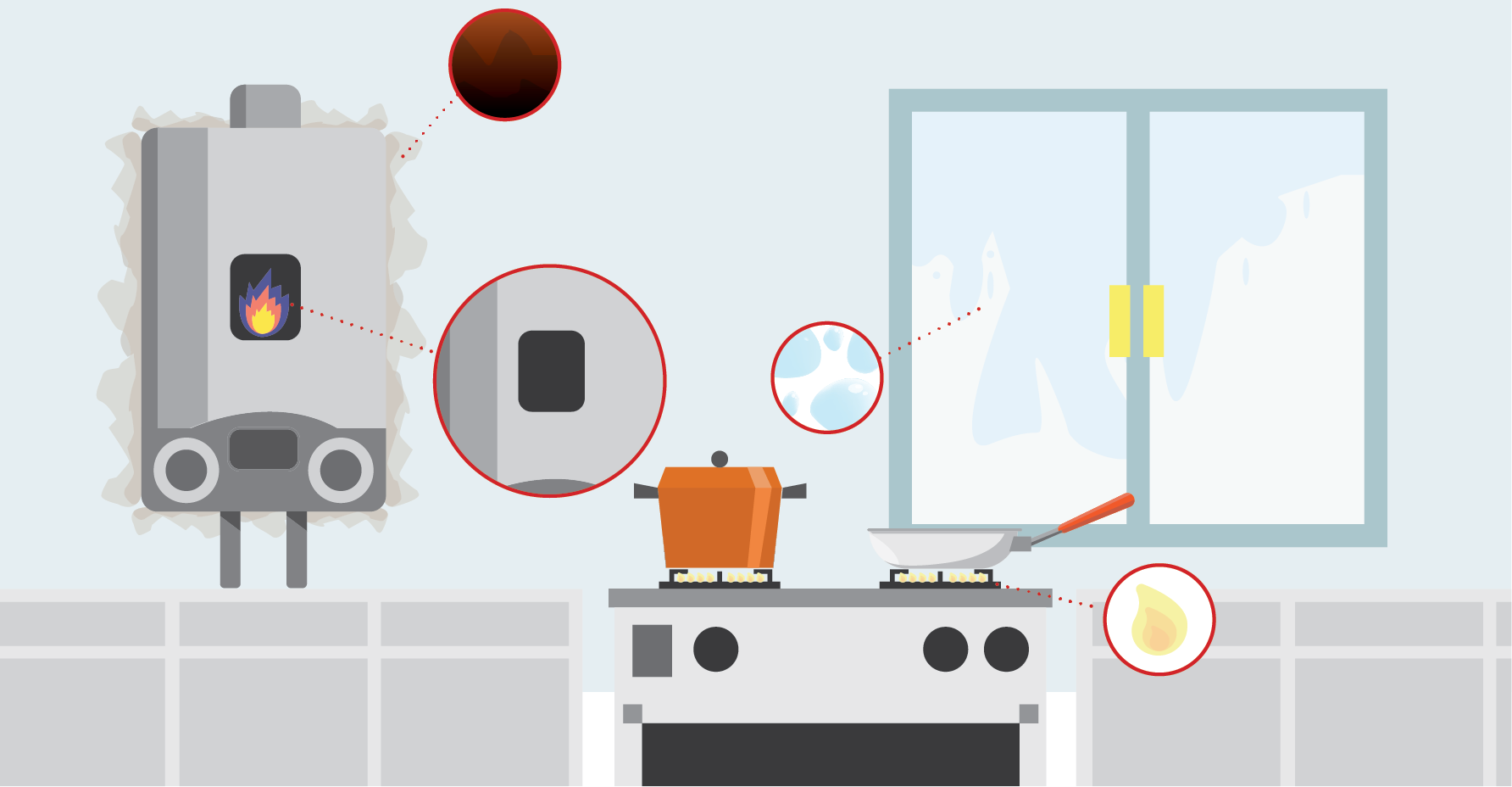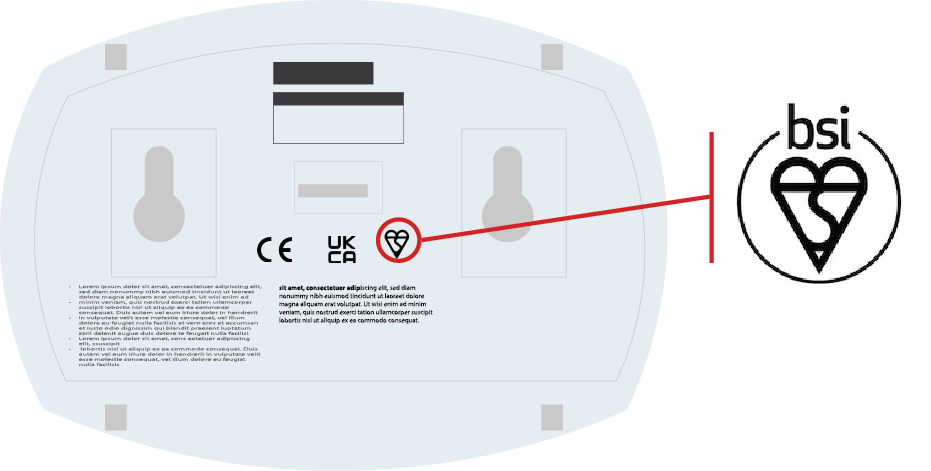Carbon Monoxide (CO) is a poisonous gas that you can’t see, hear, smell or taste.
It can be produced by anything that burns carbon-based fuels, including gas, oil, wood, coal, petrol or diesel. CO can affect anyone so, it’s important to know the symptoms to look out for.
If you think you’ve been exposed to CO and are showing any of the symptoms, you should seek medical help.

| Mild | Medium | Extreme |
|---|---|---|
| Slight headache | Severe headache | Unconsciousness |
| Nausea | Confusion/forgetful | Convulsions |
| Vomiting | Drowsiness | Cardio respiratory failure |
| Fatigue | Severe headache | Death |
There are several signs to look out for that could mean CO is present including:
If you spot any of these signs it doesn’t mean that there is CO present, but it might be best to get your gas appliances checked by a Gas Safe registered engineer.
You can find one at www.gassaferegister.co.uk or by calling 0800 408 5500.
If you suspect a leak, call us immediately on 0800 111 999*.

Do:
Don't:
A CO alarm is the best way to alert you that CO is present. Make sure your CO alarm complies with British Standards BS EN50291-1. Look for the BSI Kitemark logo and purchase your alarms from a reputable retailer.

Always check and follow manufacturer’s instructions when placing and testing the alarm. But here are a few points to keep in mind:
It’s important to regularly test your CO alarm, ideally at least once a month. Remember to pay close attention to the alarm’s battery life and when it will need replacing. Many CO alarms have an expiry date marked on them.
Open all doors and windows

Move outside into fresh air

Call the Gas Emergency Service on 0800 111 999*

If you're a user of British Sign Language (BSL) you can call the National Gas Emergency number using the SignLive service. This service gives you access to an online interpreter enabling, you to communicate with us using sign language.